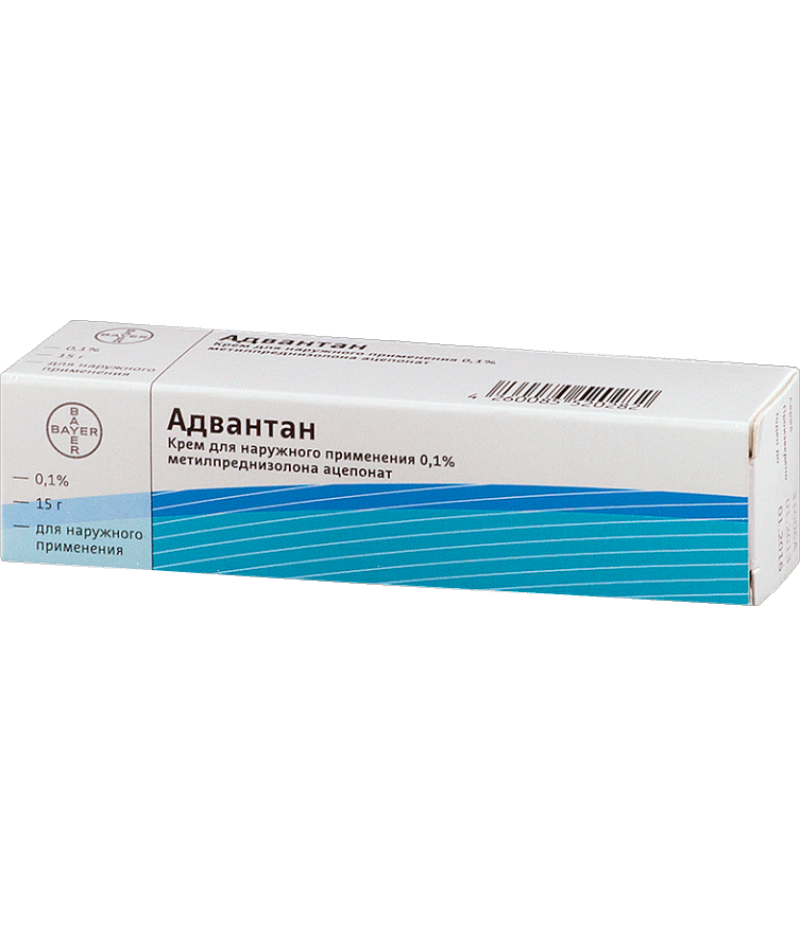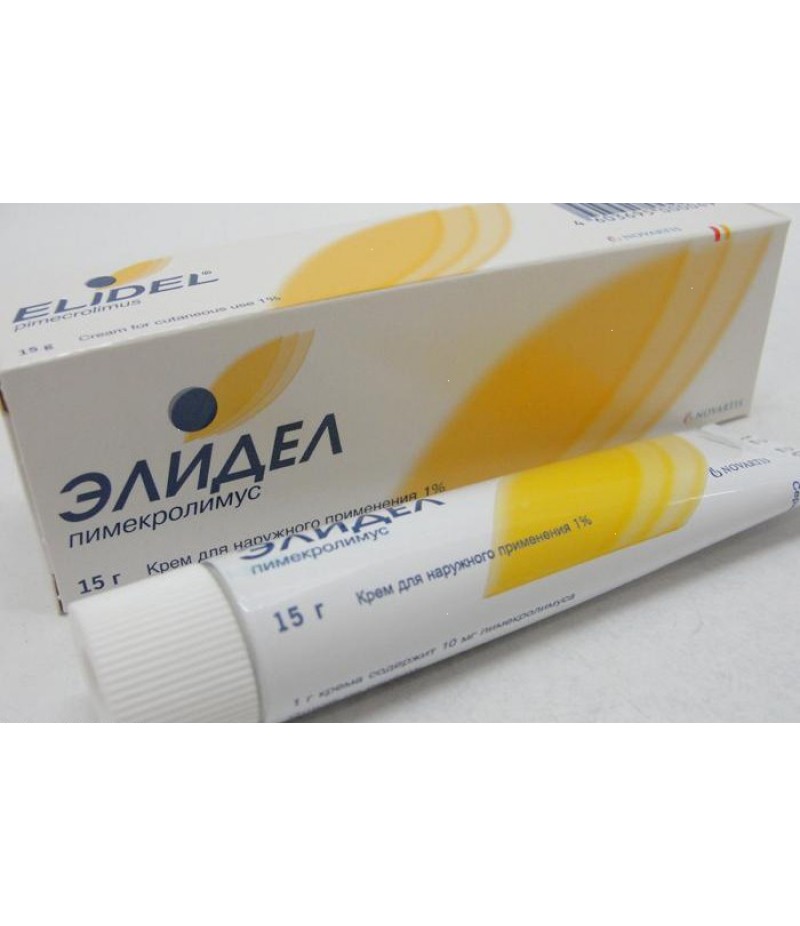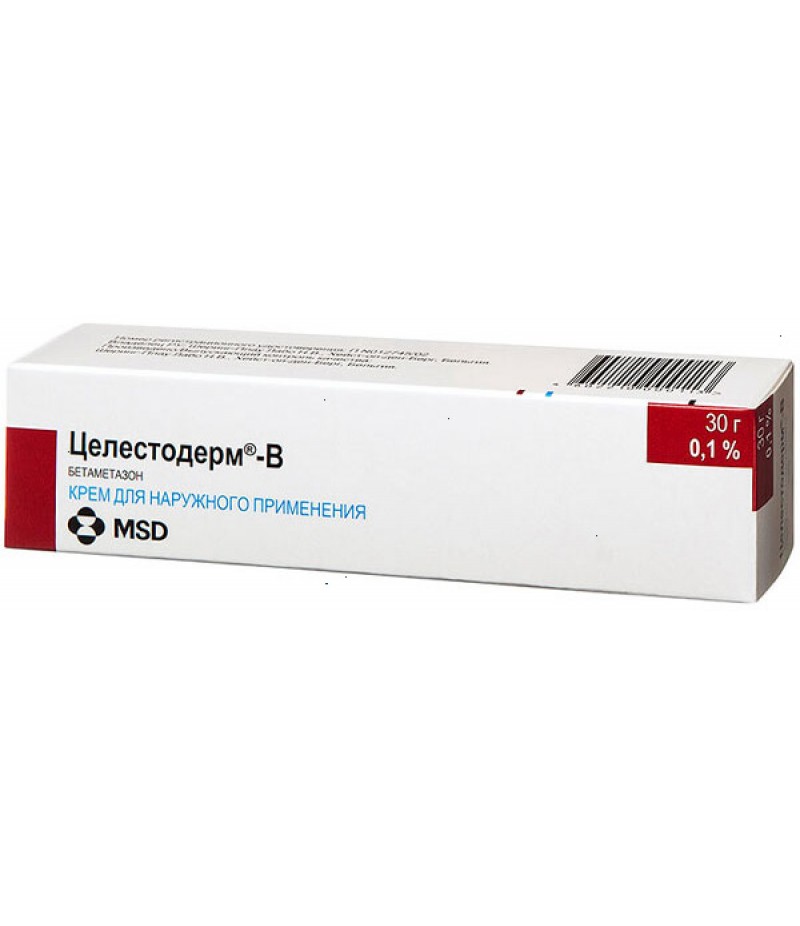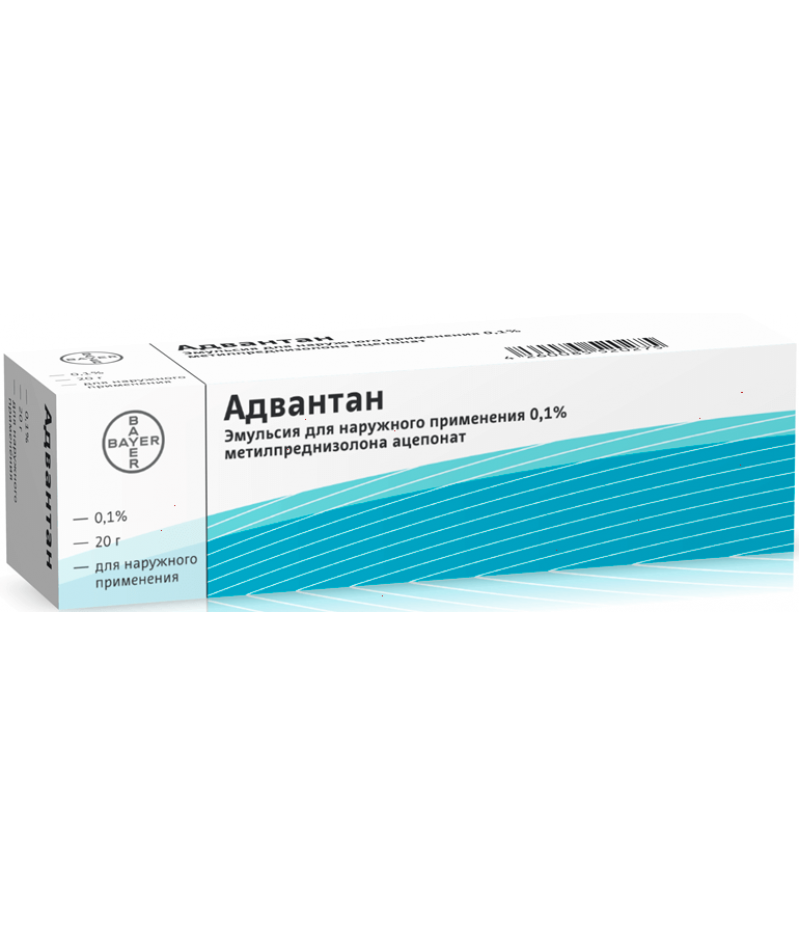Advantan cream 0.1% 15gr
- $30.52
- 3 or more $27.80
- Availability:In Stock
Advantan instruction for useReed more and buy Advantan hereCompositionIn the composition of the Advantan ointment, the active substance is included in a concentration of 1 mg / g. As auxiliary components, white wax, soft white par..
Tags: cream
Advantan instruction for use
Reed more and buy Advantan here
Composition
In the composition of the Advantan ointment, the active substance is included in a concentration of 1 mg / g. As auxiliary components, white wax, soft white paraffin, purified water, vaseline oil, Dehymuls E (Dehymuls E) are used.
In the oily ointment for external use, methylprednisolone aceponate is present at a concentration of 1 mg / g, liquid paraffin, soft white paraffin, microcrystalline wax, hydrogenated castor oil.
The composition of the cream: methylprednisolone aceponate at a concentration of 1 mg / g, decyloleate, cetostearyl alcohol, glycerol monostearate 40-55%, softzan 378, solid fat, polyoxyl stearate 40, sodium edetate, glycerol 85%, benzyl alcohol, butylhydroxytoluene, purified water.
The composition of the emulsion Advantan: methylprednisolone aceponate at a concentration of 1 mg / g, medium chain triglycerides, polyoxyethylene-2-alcohol and polyoxyethylene-21-stearyl alcohol, softin 378, glycerin 85%, sodium edetate, benzyl alcohol, purified water.
Form of issue
Medicinal forms of Advantanum:
Ointment 0.1% (tubes 15 g);
oily ointment 0.1% (tubes 5 and 15 g);
Cream 0.1% (tubes 5 and 15 g);
Skin emulsion 0.1% (tubes 10, 20 and 50 g).
Ointment 0.1% is a white or slightly yellowish homogeneous opaque mass. Oily ointment 0.1% - translucent, white or white with a slightly yellowish tinge. Cream 0.1% for external use white or slightly yellowish, opaque. Emulsion is an opaque substance of white color.
pharmachologic effect
The drug belongs to the group of GCS drugs, which are used as external therapy.
Pharmacodynamics and pharmacokinetics
The active component of Advantan is a synthetic nonhalogen-substituted corticosteroid molecule, the feature of which is an increased degree of dissociation (separation) in the realization of its effects (both local and systemic).
With external application, it stops the inflammatory process, suppresses allergic reactions associated with increased proliferation, which helps to reduce objective symptoms and subjective sensations.
Multiple application of the drug to large areas of the skin (from 40 to 60% of the surface of the body), as well as its application to the occlusive dressing, does not cause a violation of the functional state of the adrenal glands: the plasma concentration of cortisol and the circadian rhythm remain within the physiological norm with the same level of cortisol in the daily urine .
The main metabolite of methylprednisolone aceponate binds to cell-localized receptors of glucocorticoids. The steroid-receptor complex, in turn, binds to individual regions of DNA and thereby causes biological effects, including including induction of macrocortin synthesis and inhibition of the formation of inflammatory mediators such as leukotrienes and prostaglandins.
The degree of absorption through the skin is determined by the skin condition, the way of application and the medicinal form of Advantan. With the use of ointments and cream, percutaneous absorption in patients with psoriasis and neurodermatitis did not exceed 2.5% (in healthy volunteers, this indicator is usually in the range 0.5-1.5%).
When using the methylprednisolone emulsion, the aceponate is absorbed through the skin in extremely small amounts (the absorption index is about 0.27% in people with skin diseases and 0.17% in healthy volunteers). Even in the case of treating the whole body skin, the systemic dose is so small that the probability of developing systemic effects is excluded.
Advantan undergoes hydrolysis in the epidermal layer and dermis. Excretion of metabolic products of methylprednisolone aceponate is carried out mainly by the kidneys, the half-life is about 16 hours.
Indications for use
Indications for the use of ointment Advantan, oily ointment and cream
The use of these agents is useful for the treatment of topical glucocorticoids sensitive to therapy with inflammatory skin diseases.
Answering the questions "From what ointment Advantan?" Or "What is the cream used for?", The manufacturer indicates that methylprednisolone aceponate in these dosage forms is effective at:
neurodermatitis;
atopic dermatitis;
pediatric, microbial, occupational, dishydrotic and true eczema;
dermatitis (simple contact or allergic contact).
Contraindications
Do not use Advantan when:
presence of manifestations of syphilis on the skin in the area of application of the drug;
skin tuberculosis;
viral skin diseases with localization of lesions in the area of application of cream, ointment or emulsion (for example, with herpes zoster or chicken pox);
perioral dermatitis or rosacea in the area of drug application;
skin reactions to the introduction of the vaccine;
hypersensitivity to the constituents of the drug components.
In pediatrics, the drug is used to treat children older than 4 months of age.
Side effects
As a rule, Advantan is well tolerated and rarely causes any side effects.
Sometimes (not more than 0.01% of cases) local reactions can occur, manifested as a burning sensation, itchy skin, erythema, the appearance of a vesicle rash. Long-term (more than 4 weeks) use, as well as application in areas of the skin that make up more than 10% of the total body area, can provoke:
atrophy of the skin;
the appearance of striae and telangiectasias;
acneiform skin changes;
a number of systemic effects associated with the absorption of methylprednisolone aceponate.
Nevertheless, none of the above symptoms was found in adults who were treated with Advanthan before 12 weeks, or in children (including children of young age) who had the drug for up to 4 weeks.
In 0.01-1% of cases in patients, the use of Advantan is accompanied by: perioral dermatitis, folliculitis, depigmentation of the skin, hypertrichosis, allergic reactions due to individual sensitivity to any of the constituents of the drug.
Instructions for use Advantan
Advantan is designed to treat patients of all age groups, beginning at the age of four months. Both the cream and ointments should be applied to the affected skin with a thin layer once a day.
Both ointment and Advantan cream for children can be used continuously for no more than 4 weeks, adults - not more than 12 weeks
The duration of the course of application of the emulsion, as a rule, is no more than 14 days.
Ointment Advantan: instructions for use
Ointment is a dosage form, in which fat and water are present in equal proportions. In this regard, ointment is recommended for use in inflammatory skin diseases, which occur in subacute or chronic form and are not accompanied by wetting.
The therapeutic effect of the ointment is also directed to the elimination of dryness and the restoration of physiological parameters of the fat content of the skin.
Oily ointment is the anhydrous medicinal form of Advantan, therefore its use is advisable for the treatment of dermatological diseases, which are of chronic inflammatory character and exist in the patient for a long period of time. The most effective fatty ointment in patients with very dry skin.
Creating an occlusive effect, ointment provides a pronounced therapeutic effect even with significant infiltration and lichenization of the skin.
Cream Advantan: instructions for use
Cream Advantan is a substance with a high water content and a low fat content. The use of this dosage form is indicated for the treatment of inflammatory processes that occur in acute or subacute form and are not accompanied by pronounced wetting.
The use of the cream makes it possible to stop the inflammatory process, both on smooth areas of the skin, and on the scalp, including on the skin, which is prone to fat.
Overdose
In studies aimed at studying the acute toxicity of Advantan, there was no established risk of acute intoxication, either with a single external application of the drug in an excessively high dose, or by accidentally ingesting it.
Excessive treatment with glucocorticosteroids, as well as intensive local application of these drugs, can cause thinning and atrophy of the skin, the appearance of striae and telangiectasias.
Treatment involves the abolition of the drug.
Interaction
Medicinal interaction Advantana is not established.
Terms of sale
It is used as a non-prescription leave.
Storage conditions
The optimum temperature for storing the ointment, emulsion and cream is a temperature not exceeding 25 degrees Celsius. It is recommended to store fatty ointment at temperatures up to 30 degrees Celsius. Medicinal preparations Advantan should be protected from children.
Shelf life
Ointment, emulsion and cream are considered suitable for use for 3 years. Shelf life for oily ointments is 5 years.
special instructions
Neither methylprednisolone aceponate nor the products of its metabolism accumulate in the body.
With dermatoses and dermatomycosis of bacterial genesis, Advantan's therapy is supplemented with the appointment of specific antimycotic or antibacterial agents.
Avoid contact with the eye.
External therapy with the use of glucocorticosteroids, as well as systemic, may cause the development of glaucoma. The pathological process usually provokes long-term treatment, the use of the drug under the occlusive dressing to treat the skin around the eyes, the treatment with high doses of methylprednisolone aceponate.
For children
Children Advantan is prescribed for allergic and inflammatory skin diseases.
Advantan for babies and older children is prescribed in the form of an ointment or cream, as there is no precise data on the safety of the emulsion application to date.
Often, mothers have questions "ointment Advantan hormonal or not?" Or "hormonal cream or not?". Active substance Advantana - methylprednisolone - a synthetic glucocorticosteroid, that is, the drug is hormonal.
Since the drug contains hormones, it should be prescribed very carefully (especially for infants). However, in the presence of severe clinical symptoms of allergy, the remedy can be recommended, starting at the age of four months.
In accordance with the instruction, both cream and ointment in a child can be used no more than 4 weeks. Apply the medicine to the skin once a day.
When assigning a topical glucocorticoid (GK) to a child for external use, doctors generally adhere to the following rules:
apply these means, taking into account the biorhythms of children (so that the GC simulates the diurnal rhythm of the function of the adrenal cortex, the drug should be used in the morning);
use an individual approach to each child, given the vastness of the skin lesions, the age, the severity of the course of the process, the clinical form of the disease, the duration of the previous treatment using similar means, etc .;
change the concentration of hormones in the dosage form, diluting it in various proportions with indifferent creams (infants doctors-dermatologists are often advised to dilute the drug with baby cream or paraffin oil in the proportion 1:10, the optimal proportion for children under three years is 1: 7, for children three- five years - 1: 4, for children 5-10 years - 1: 3, for children over 10 years - 1: 1);
external therapy with GC preparations supplement with other types of local and systemic treatment
Advantan in diathesis in children and other allergic skin reactions is effective even in the critical state of the skin. However, it should be borne in mind that a very small child, and also in the presence of significant skin lesions, is recommended to apply it very carefully, since methylprednisolone, absorbed through the skin into the systemic bloodstream, can provoke side effects.
The drug is hormonal, so stop treatment they need to gradually.
What is better - cream or ointment?
The choice of dosage form is determined by the skin condition: with dry skin, the optimal choice is a fatty ointment; with normal skin (not dry, and without the wetting elements of the rash) - ointment; for diseases that are characterized by mocclusion, doctors recommend using a cream, and for the treatment of sunburn and photodermatitis it is best to use an emulsion.
Advantan during pregnancy
If it is necessary to administer the drug Advantan to pregnant and breastfeeding women, it is recommended to weigh the expected benefit for the mother and the risks to the developing fetus or infant.
When pregnancy and lactation should not be used for a long time on extensive surfaces of the body. Nursing women are not recommended to apply ointment, cream or emulsion to the skin of the mammary glands.
Reviews about Advantan
Reviews about the cream Advantan, as well as reviews about the Advantan ointment are quite contradictory: someone calls these means of salvation for the skin prone to inflammatory and allergic diseases, someone not only does not see improvement in the condition, but, on the contrary, believes that the use of the drug only aggravated the course of the disease.
Nevertheless, focusing on a sufficiently high rating of funds on specialized sites (an average of 4.2-4.3 on a five-point scale), we can conclude that the cream, and ointments, and emulsion are effective medicines, but they should be prescribed by a doctor . Moreover, supplementing external therapy and general treatment to eliminate not only the symptoms, but also the cause of the pathological process.
In responses to Advantan cream for children, many mothers write that the drug quickly copes with itching and unpleasant rashes on the skin, but to fix the result and prevent relapses, it is necessary not only to undergo treatment, but also to review the diet and exclude all possible allergens.







